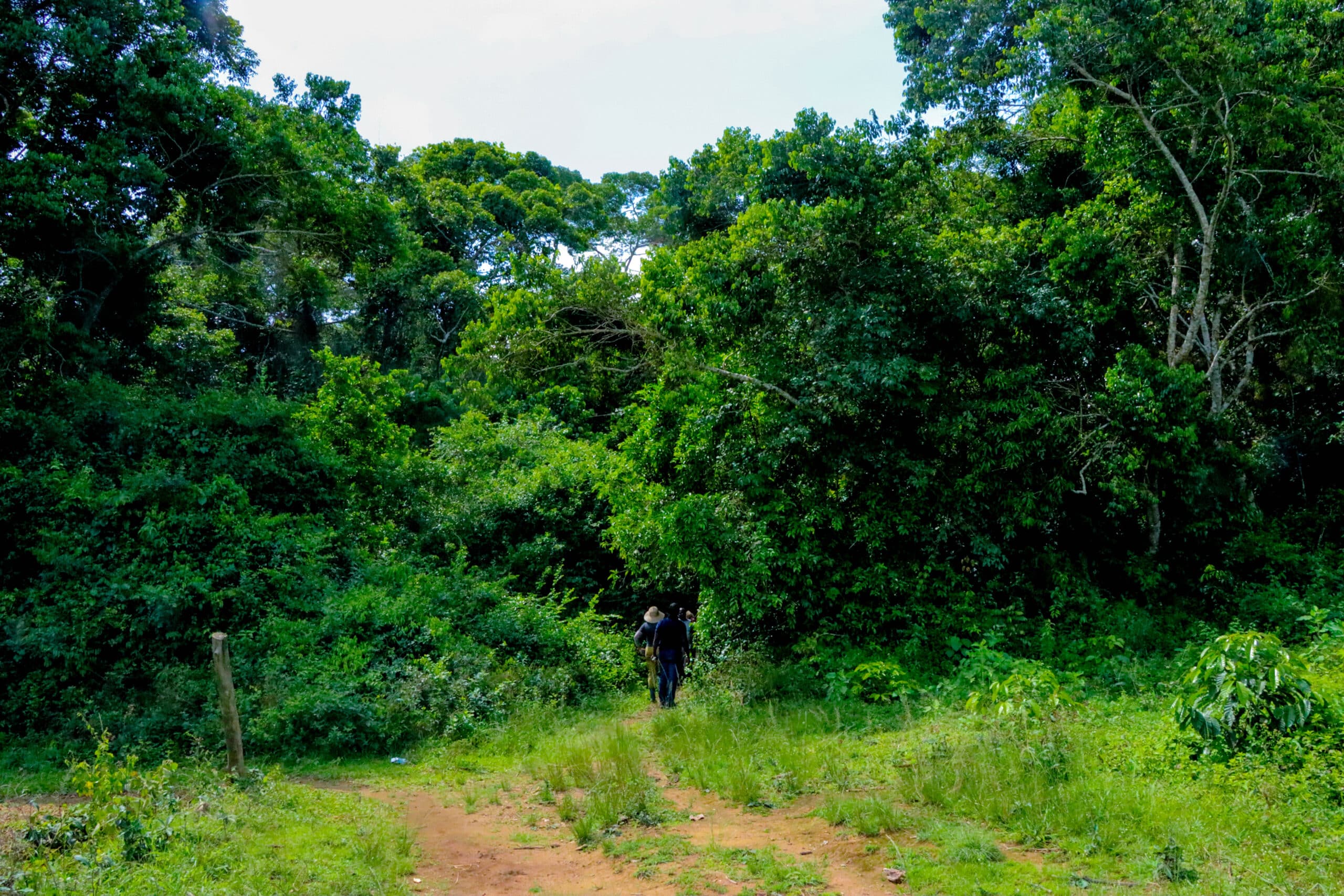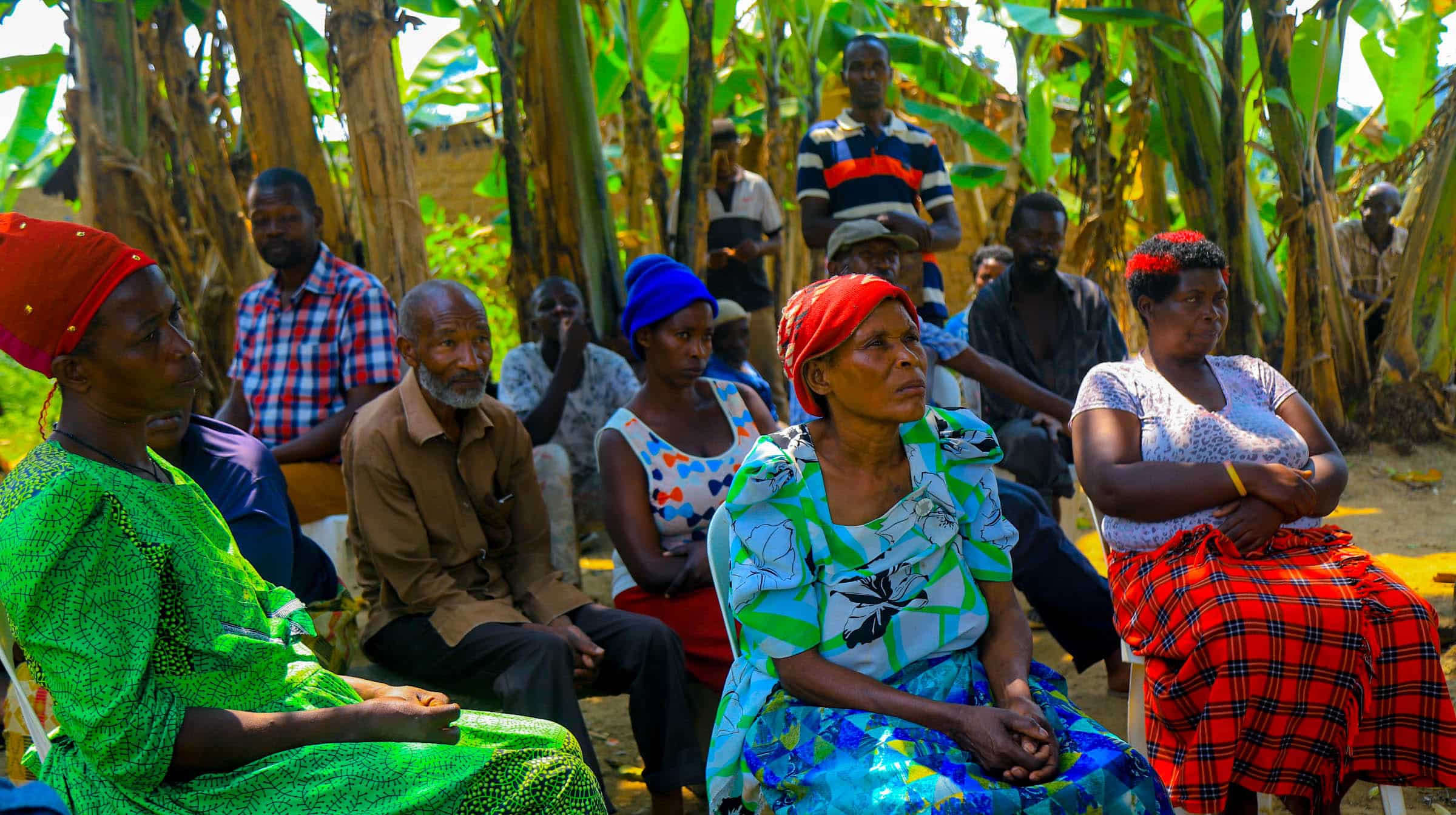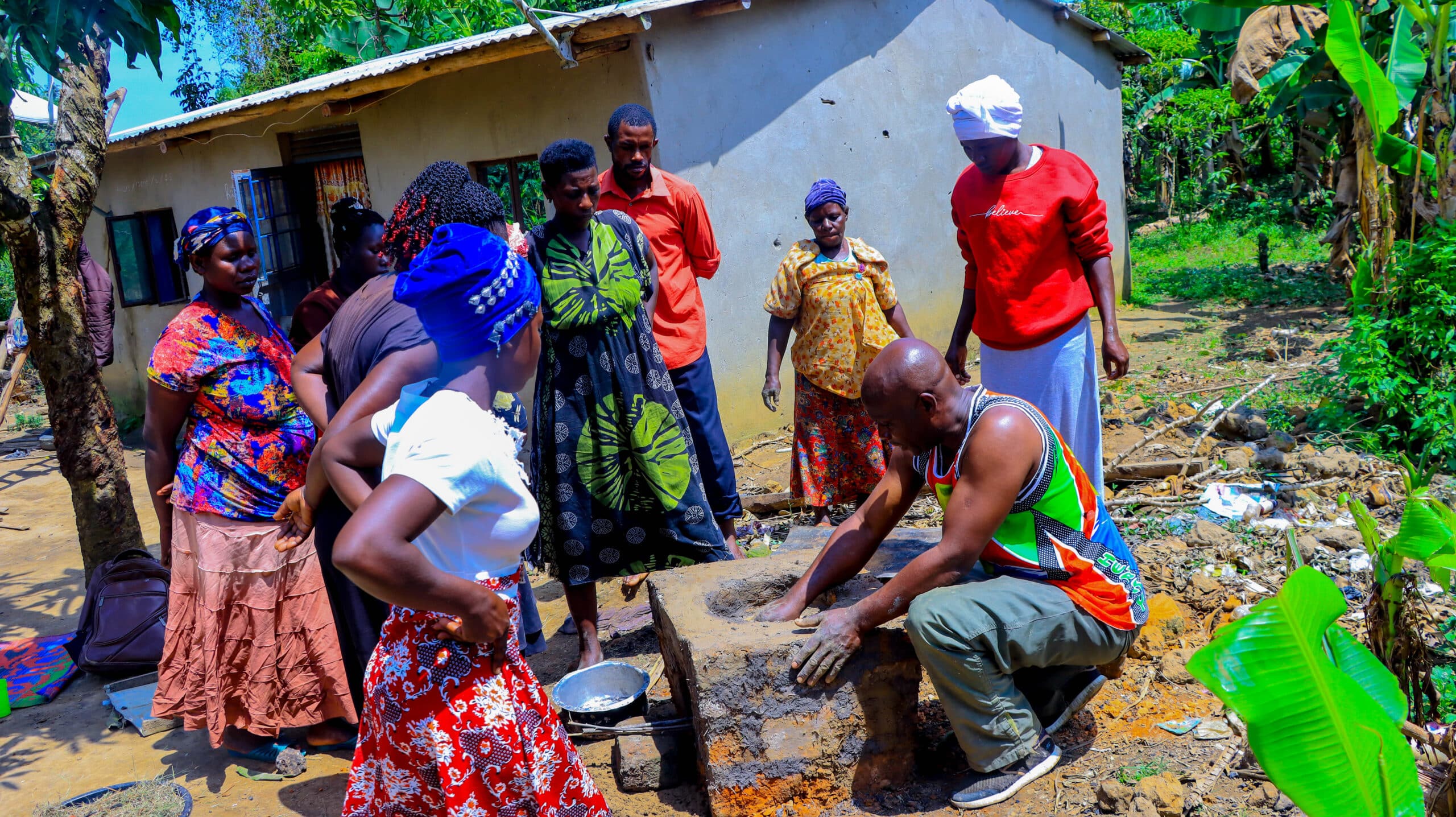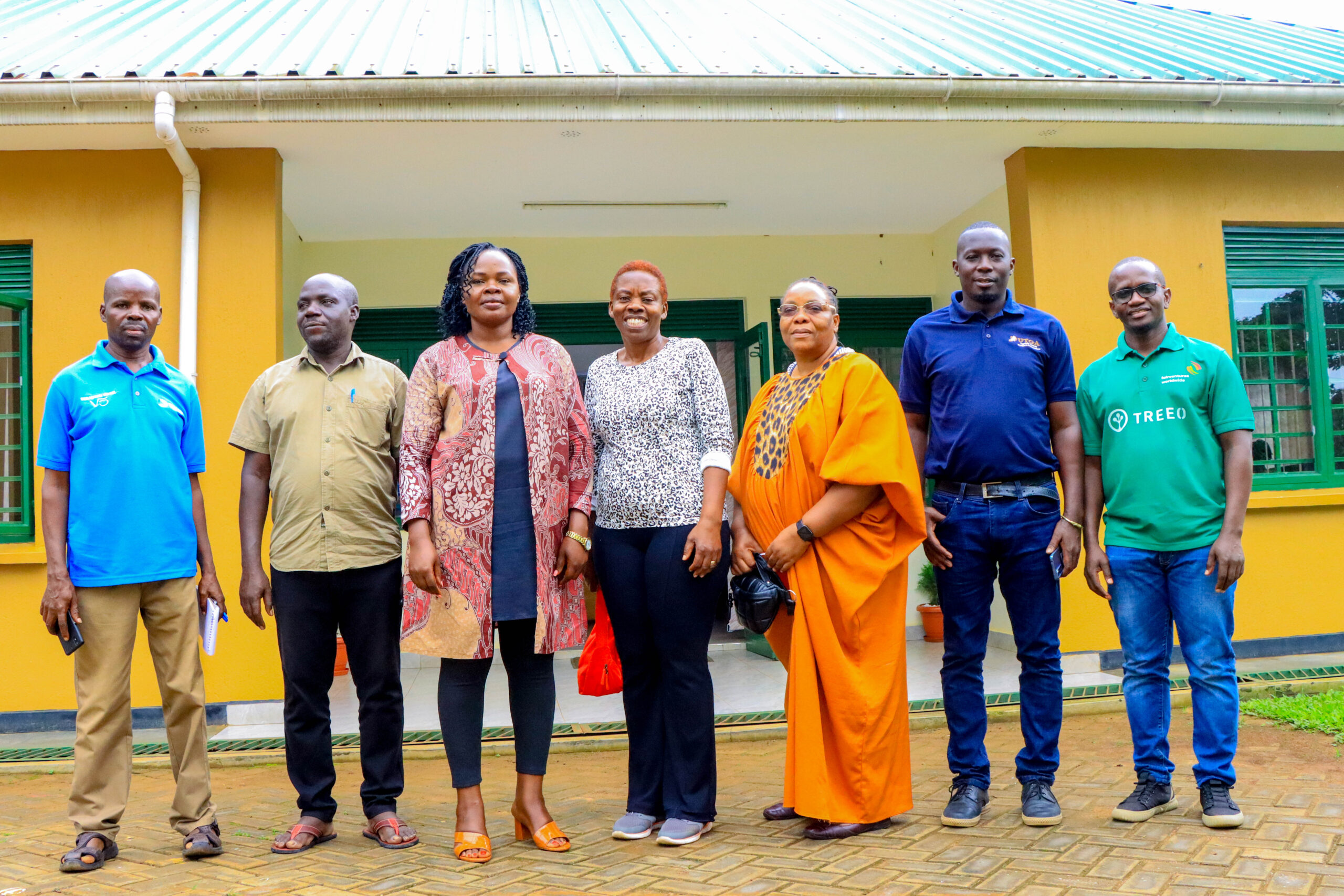
The rapid demographic growth in Uganda drives an increasing demand for firewood and agricultural land, putting enormous pressure on the country’s forests. As a result, Uganda’s forest cover has been shrinking at an alarming rate, threatening both biodiversity and the livelihoods of local communities. In the Jubiya forest on the shore of Lake Victoria in Central Uganda, charcoal burning and encroachment by farmers and herders have increased the pressure on the forest. Reducing the impact of such drivers of deforestation requires constructive work with the communities in question.
To find real and long-term solutions, Fairventures supported the project “Development of Sustainable Business Models for Reforestation in Uganda” in Jubiya Forest. Funded by BMZ-IKU and implemented by the Uganda Timber Growers Association (UTGA) in Uganda, a data-driven and scalable business model was developed to restore degraded Central Forest Reserves (CFRs) and improve local community livelihoods.
UTGA led the implementation in Jubiya, combining scientific research, community engagement, and practical restoration actions, and establishing test fields and studies to evaluate the growth performance of various indigenous tree species.
The Jubiya Central Forest Reserve (JCFR) is located in the Masaka District in Central Uganda. It covers more than 4,500 hectares, has a very high biodiversity and is home to around 10,000 people who live in villages around the Reserve. In the past ten years, the JCFR has suffered severe degradation, losing almost 20% of the forest. Restoration and management of 1,000 hectares, nearly a quarter of JCFR, have been approved by the National Forestry Authority (NFA) in Uganda.
Shaped by the voices and needs of local communities
UTGA has been working closely with the local communities. The goal of the pilot was to research different ways for people to improve their incomes, mapping the forest area, assessing its resources, and developing a plan for its sustainable management.
A great achievement is the building up of a gender-balanced community steering group. Community engagement remained central, with monthly training sessions and regular steering committee meetings fostering transparency and dialogue. Restoration efforts, though challenged by unpredictable rainfall, showed promising results particularly in test fields where the species Melia Volkensi, Mahogany, and Albizia performed especially well.
Communities expressed appreciation for the project’s impact on both forest health and household livelihoods. Charcoal burning has decreased, encroachment reduced, and interest in cultivating medicinal species like Prunus Africana, and Canarium schweinfurthii is rising. In response, UTGA and FVW plan to distribute these species to interested households.
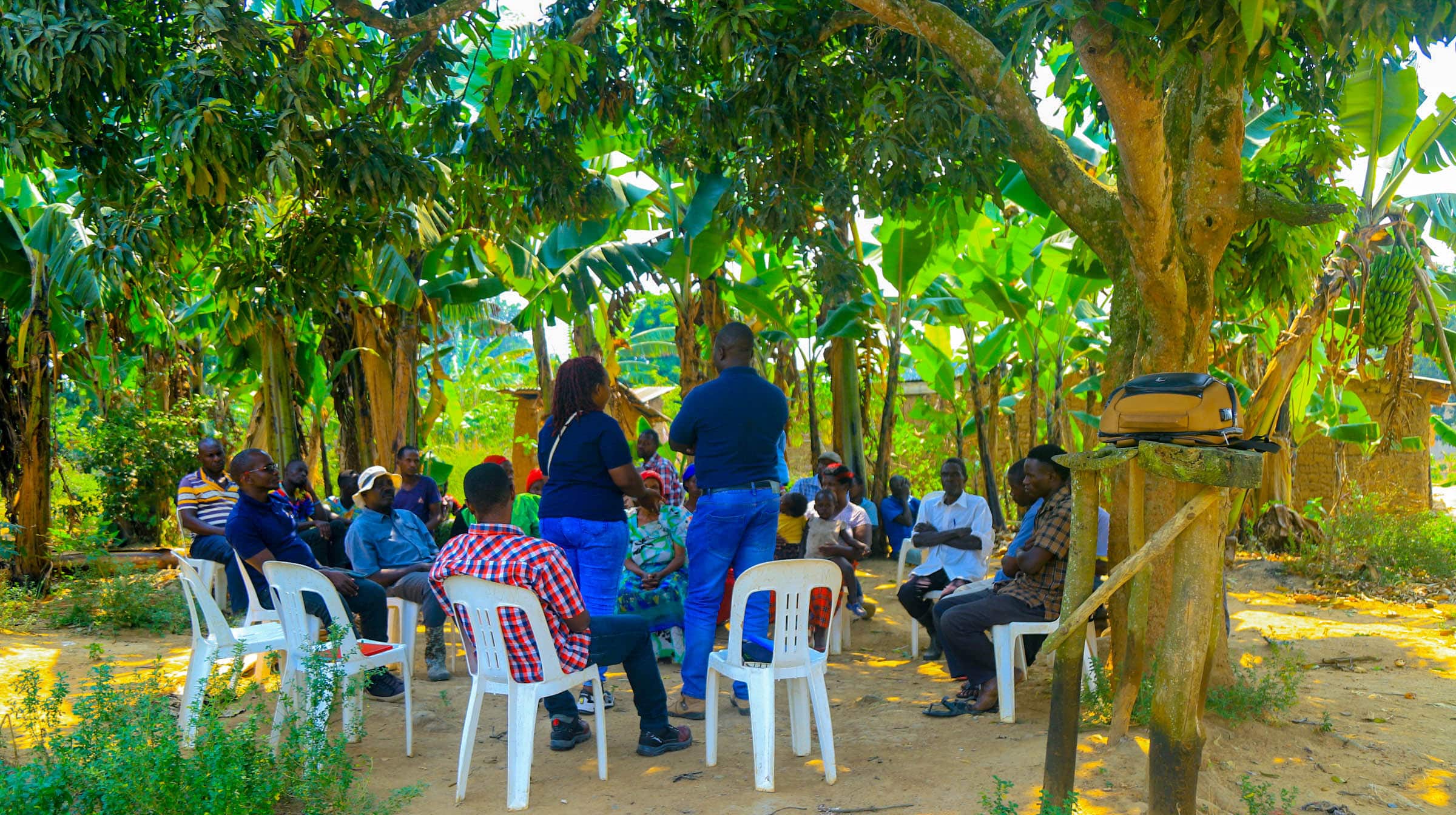
Stronger Together: Livelihoods That Restore Forests
Recognizing that poverty remains a key driver of deforestation, communities have advocated for diversified livelihood options such as agroforestry, apiculture, and energy-saving stoves training while emphasizing the need for inclusivity across all age groups. In total, over 150 community members participated in the apiculture and energy saving stoves training.
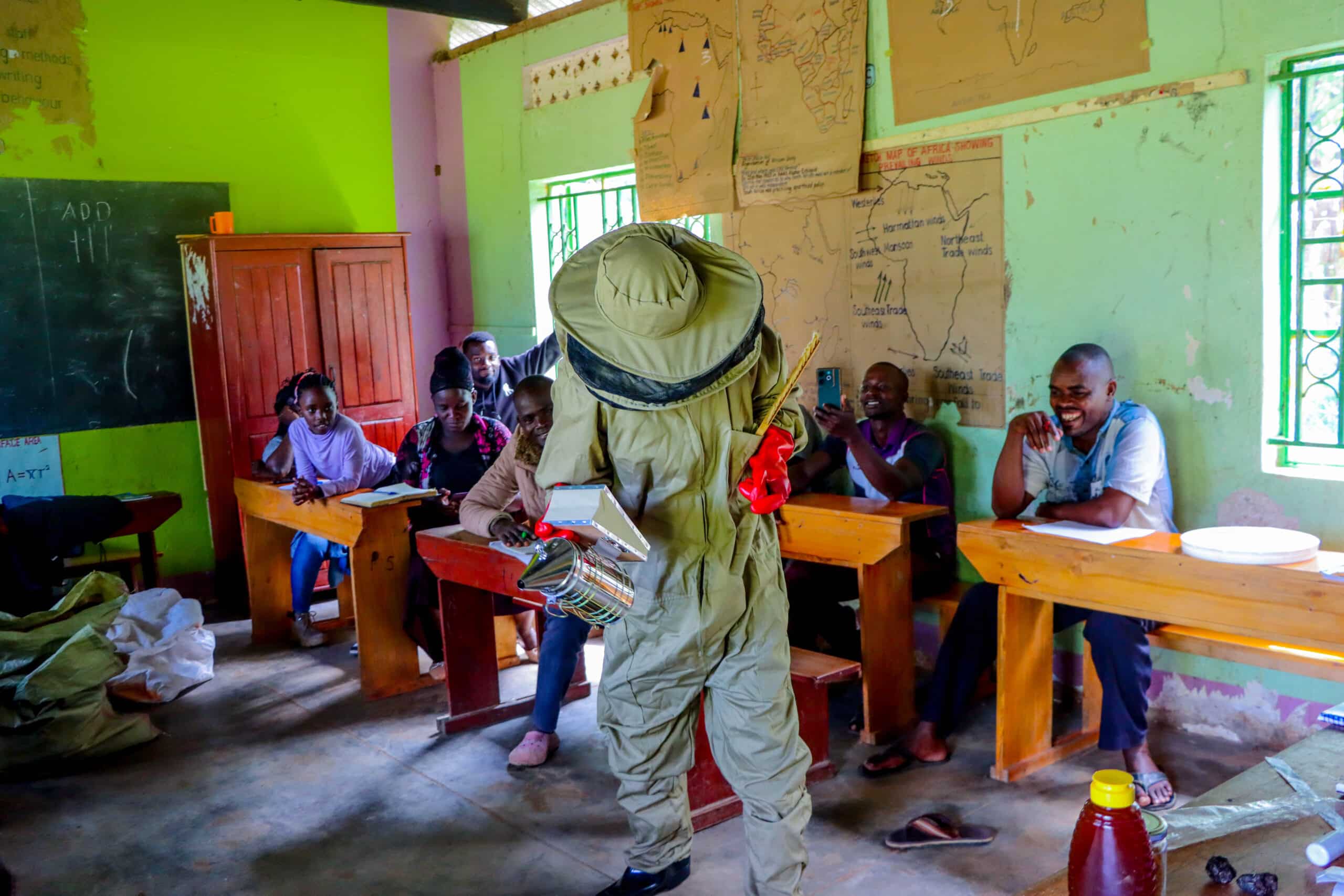
Speaking about the project’s achievements, Moses Otim, the Project Manager, said:
“This project has shown that when communities are involved and empowered, restoration becomes more than just planting trees – It becomes a movement. We now have a model that other CFRs can learn from and scale.”
A Pilot that can Inspire Action in other Reserves
According to Maria Nansikombi, the Research Forester on the project, it’s clear from this initial work that getting the community involved in protecting the forest is a great way to bring it back.
“The information we’ve gathered from our studies has helped us put together a tailored business plan for Jubiya CFR. This plan will be important for managing Jubiya moving forward and can also show other CFRs how to achieve sustainable restoration.” Maria said.
As the Development of Sustainable Business Models for reforestation in Uganda project wraps up its work in Jubiya CFR, it leaves behind more than just studies done. Its true impact is in the lasting change it has set in motion a model for sustainable forest restoration, a thriving and more resilient ecosystem, and most importantly, communities empowered to protect their natural heritage. This project has started a movement, with local custodians together with NFA now taking charge toward a greener and more sustainable future for Uganda.
